In my previous column, we looked at a study that analyzed measurements taken from a simplified instrument that went through an unusual transformation from neck-through to bolt-on and, finally, set-neck design. (If you missed it, you can read the column here.) The study found few tonal differences and almost none in sustain, so it concluded that “although limited in scope, this study does suggest that correlation between sustain and neck joint type may not be of practical significance.”
Case closed? Not really, according to another study by a team of scientists at the French Acoustic Society (Société Francaise d’Acoustique). They took an alternative path and tested three identical instruments with different neck joints—neck-through, set-neck, and bolt-on.
Before you say there’s no such thing as “identical instruments,” consider this: The instruments were built in the same European luthier-training center and had the same hardware. Of course, there’s a difference between “the same” and “identical” when it comes to possible disparities in woods, hardware, and setup. Still, once you are aware of this, and build and adjust with care, the variations should be small.
Fig. 2 — Set-neck spectrogram. Spectrograms courtesy of Société Francaise d’Acoustique
The measurements included 3-D spectrograms of each model, rendered with the signal taken directly from the electric output while the same note was played. Fig. 1 shows the spectrogram for a neck-through, Fig. 2 is for the set-neck, and Fig. 3 corresponds to the bolt-on joint. Spectrograms include a lot of information, but they’re easy to read. These graphs plot volume and frequency versus time, and they show a sustaining note that’s split into its decaying fundamental and upper harmonics.
As always, these graphs don’t tell us whether these three instruments have good tone—just that they are different. In the graphs, we can see the long sustaining fundamental and first harmonics of the neck-through, the faster decaying and bumpy fundamental of the set-neck, and the even shorter sustaining fundamental and longer first harmonics of the bolt-on build. So the spectrograms pretty much confirm the tonal preconceptions most bassist have about these three constructions.
These scientists conducted a second experiment on “driving-point conductance,” which is a way to measure mechanical energy transfers between structures. Whenever such a transfer happens, it sucks up vibrational energy at a certain frequency from the string. A big transfer at the fundamental frequency would indicate a dead spot. The measurement is much like the tap-tuning many luthiers do on wooden blanks, only it’s done on a full instrument and is less esoteric. A hammer knocks on a certain part of the fretboard and the mechanical response in frequency and amplitude is measured. Doing this for all notes gives you a full sonic map of an instrument, and it helps explain the earlier spectrograms.
Fig. 3 — Bolt-on spectrogram. Spectrograms courtesy of Société Francaise d’Acoustique
So now that we’ve seen this data, should we all head for neck-through instruments? After all, you’d think many bassists might be interested in a long decay of the fundamentals because supplying these tones is part of our primary job. Shouldn’t fundamentals always remain present as long as possible?
Sustain is often cited as a quality factor by players and builders, but the popularity of instruments like the P-bass somehow contradicts this notion. In fact, the results of the driving-point conductance test might indicate why this type of bass is often plagued by dead spots. But again, in no way does this signify good or bad tone.
Fortunately, the researchers had 22 musicians subjectively evaluate the instruments in their own words and rate them in such categories as “clarity,” “timbre,” and “depth.” In addition to having problems understanding what we musos might mean when describing an instrument’s sound and how this translates into physical terms, the researchers encountered something surprising: The top ranking was led by the bolt-on with the neck-through falling into the middle ranking most of the time. In other words, many players preferred the bolt-on’s imperfect liveliness over the evenly sustaining neck-through. Another surprise for the authors was how rarely the term sustain was mentioned, especially considering its prominence in marketing and discussions about bass design.
You can read the entire paper online, using its title as a search term: “A vibro-acoustical and perceptive study of the neck-to-body junction of a solid-body electric guitar” by A. Paté, J. L. Le Carrou, B. Navarret, D. Dubois, and B. Fabre.


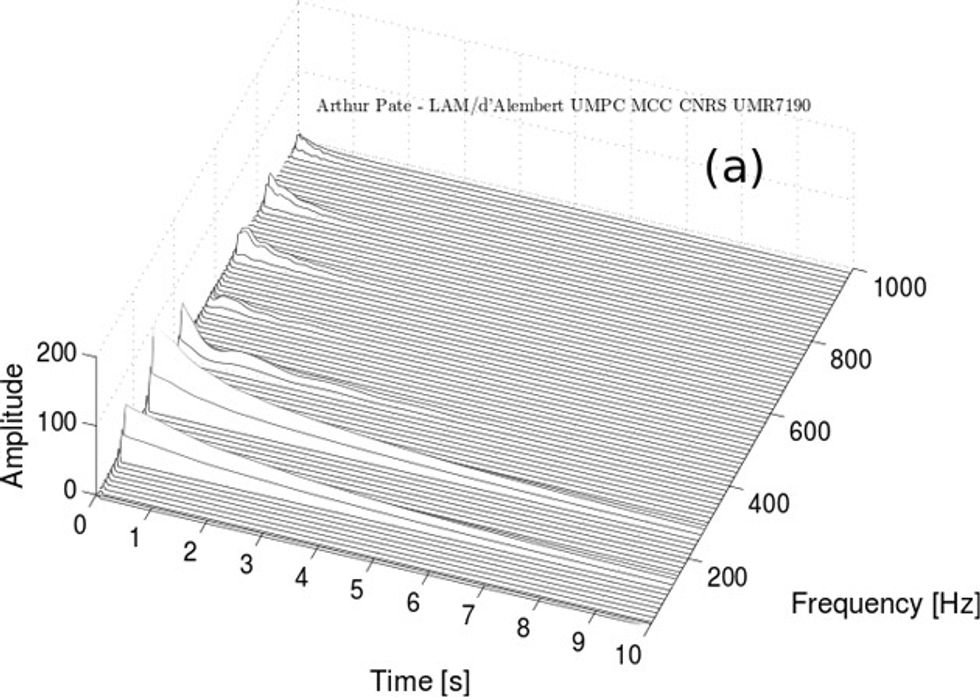

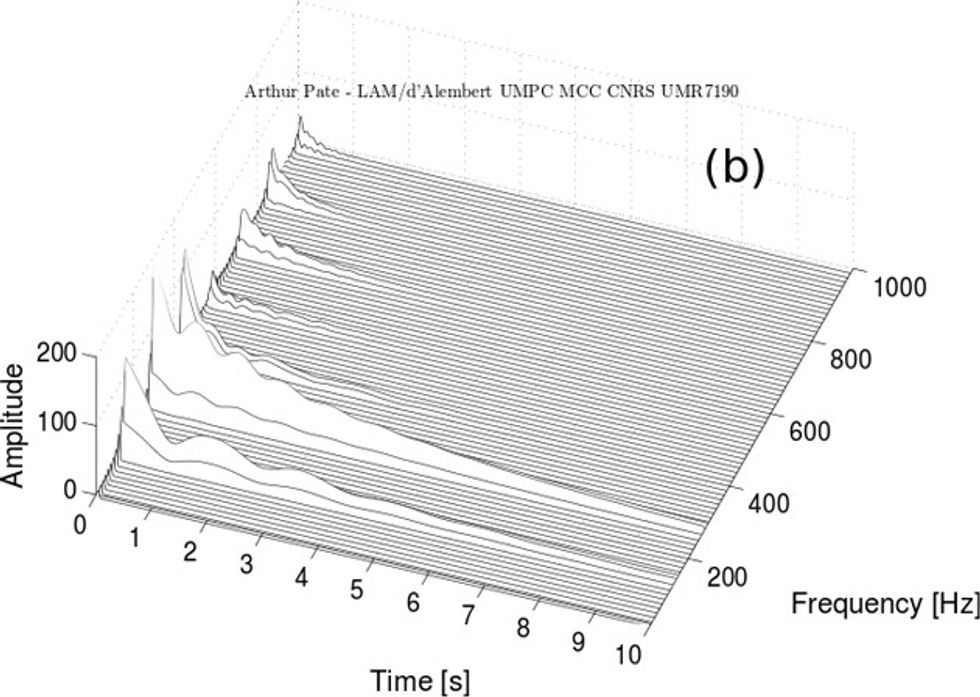
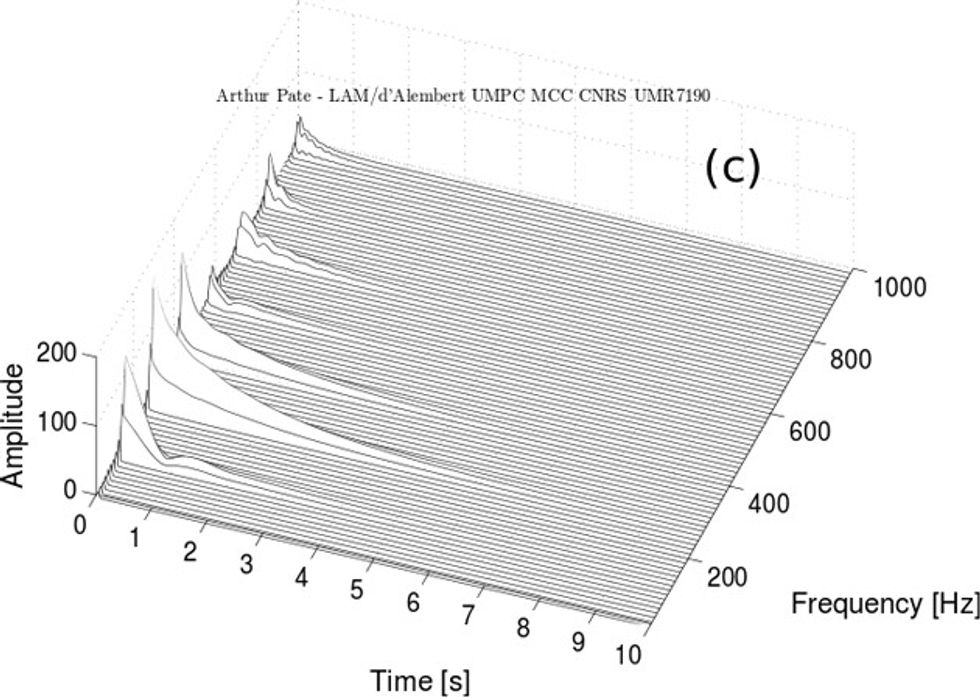
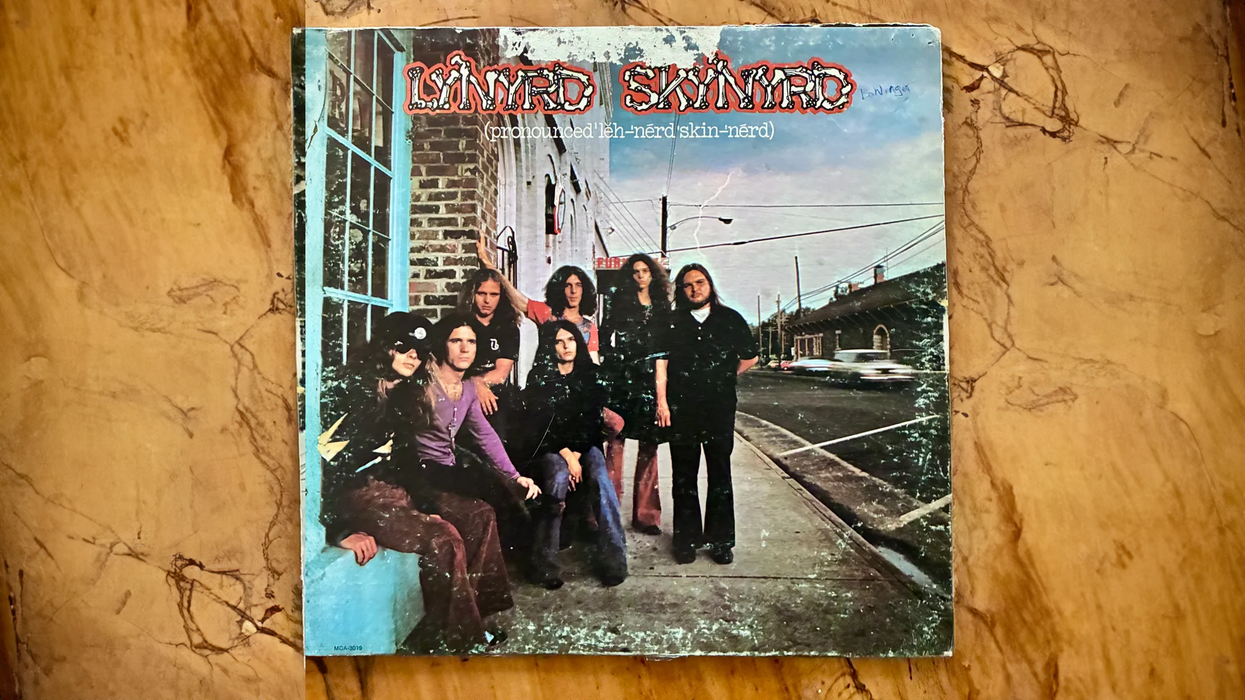

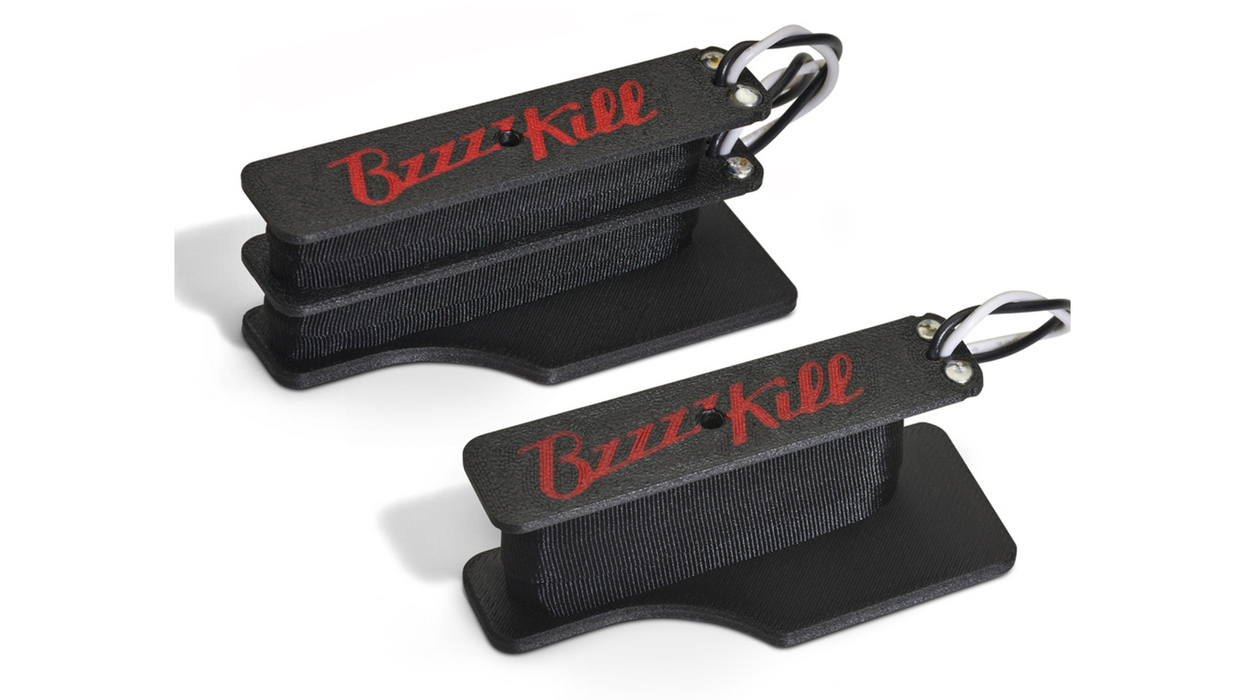

![Rig Rundown: AFI [2025]](https://www.premierguitar.com/media-library/youtube.jpg?id=62064741&width=1245&height=700&quality=70&coordinates=0%2C0%2C0%2C0)












 Shop Scott's Rig
Shop Scott's Rig


![Rig Rundown: Russian Circles’ Mike Sullivan [2025]](https://www.premierguitar.com/media-library/youtube.jpg?id=62303631&width=1245&height=700&quality=70&coordinates=0%2C0%2C0%2C0)












































